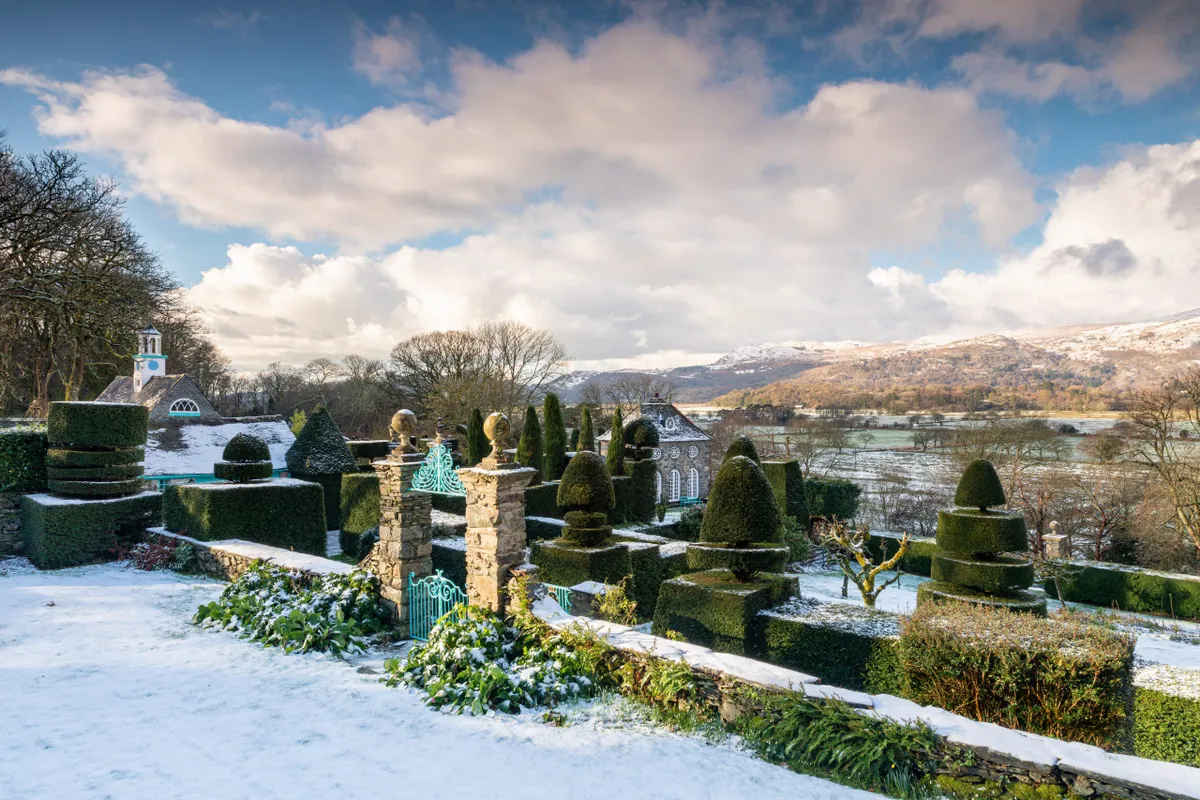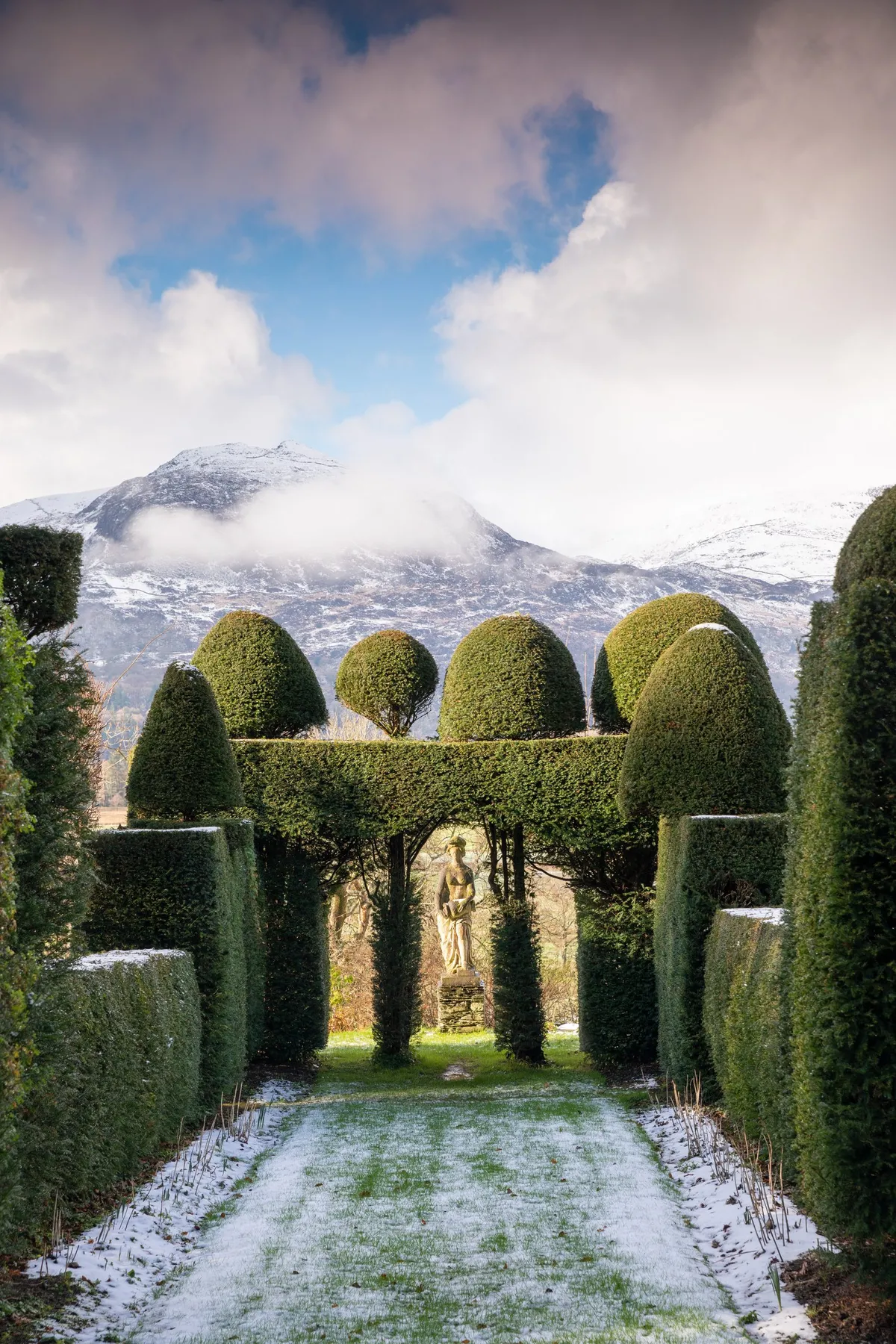A certain amount of guesswork is needed when revitalising an old private garden such as Plas Brondanw. Luckily for Kimberley Davison, the head gardener at this North Wales estate, there are some records available to help guide her, including the plans, notes and letters of late owner Sir Clough Williams-Ellis, the famous 20th-century architect. The garden surrounds his old family seat, which he inherited in his twenties, and lies in picturesque splendour between the mountains and the sea in Snowdonia National Park.
IN BRIEF
What: Plas Brondanw, an Arts and Crafts garden.
Where: Llanfrothen, Gwynedd LL48 6SW.
Open: 10am-4pm daily throughout the year.
Size: Four acres.
Soil: Heavy and acidic soil.
Hardiness zone: USDA 8.
Williams-Ellis designed properties all over the UK and abroad, but was best known as the creator of Portmeirion, the surreal, Riviera-style village perched on the cliffs nearby at Minffordd – the perfect setting for 1960s nightmare-fantasy TV show The Prisoner. His work at Plas Brondanw shares the Italianate influence, but in a much more understated way.
Although Williams-Ellis spent a large part of his life designing Portmeirion, it was his own garden at Plas Brondanw, created over many decades, that he was most devoted to. ‘It was for Brondanw’s sake that I worked and stinted, for its sake that I chiefly hoped to prosper,’ he once wrote. ‘A cheque of ten pounds would come in and I would order yew hedging to that extent, a cheque for twenty and I would pave a further piece of terrace.’

This piecemeal approach is evident in the layout of the garden, which, apart from the terrace and lawn in front of the house, comprises many small compartments of different sizes and characters. “It’s all added on,” Kimberley explains. “Whenever he got a bit of money, he would buy another little parcel of land, finish that, and move out again.” As the garden expanded in size, he connected these rooms to each other with pathways and glimpses through small openings. He then linked everything to the surrounding countryside with framed vistas of the rolling landscape and mountain peaks.

The strong architectural feel is grounded with local stone, used for all the features from the Orangery to the steps, ponds, fountains and gateposts, but there are plenty of quirks and contrasts too, including the bright turquoise painted ironwork (repeated at Portmeirion and all over the local area). The statuary, which at first glance appears typically classical, includes a mini fireman with working hose and several interesting cheats and copies. For those who look, there is a sense of winking fun here and there, rounding the edges off what might otherwise seem like an ode to the Arts & Crafts style.

Brondanw is also a very green garden, with a backbone of yew and box, which makes it ideal for visiting in winter, when the evergreen structure is lightly sugared with frost.

Head gardener Kimberley is determined to retain the special atmosphere of this extraordinary place, which, she says, is never what people expect. “I want to develop the feeling I had when I first visited - a sort of 19th-century pleasure ground experience,” she says. “Ducking under leaves, and squeezing through gaps in hedges, not knowing what’s around the corner. It’s like a secret garden, a little fantasy land. It’s overshadowed by Portmeirion, and overlooked most of the time, but I believe it can really hold its own.”
